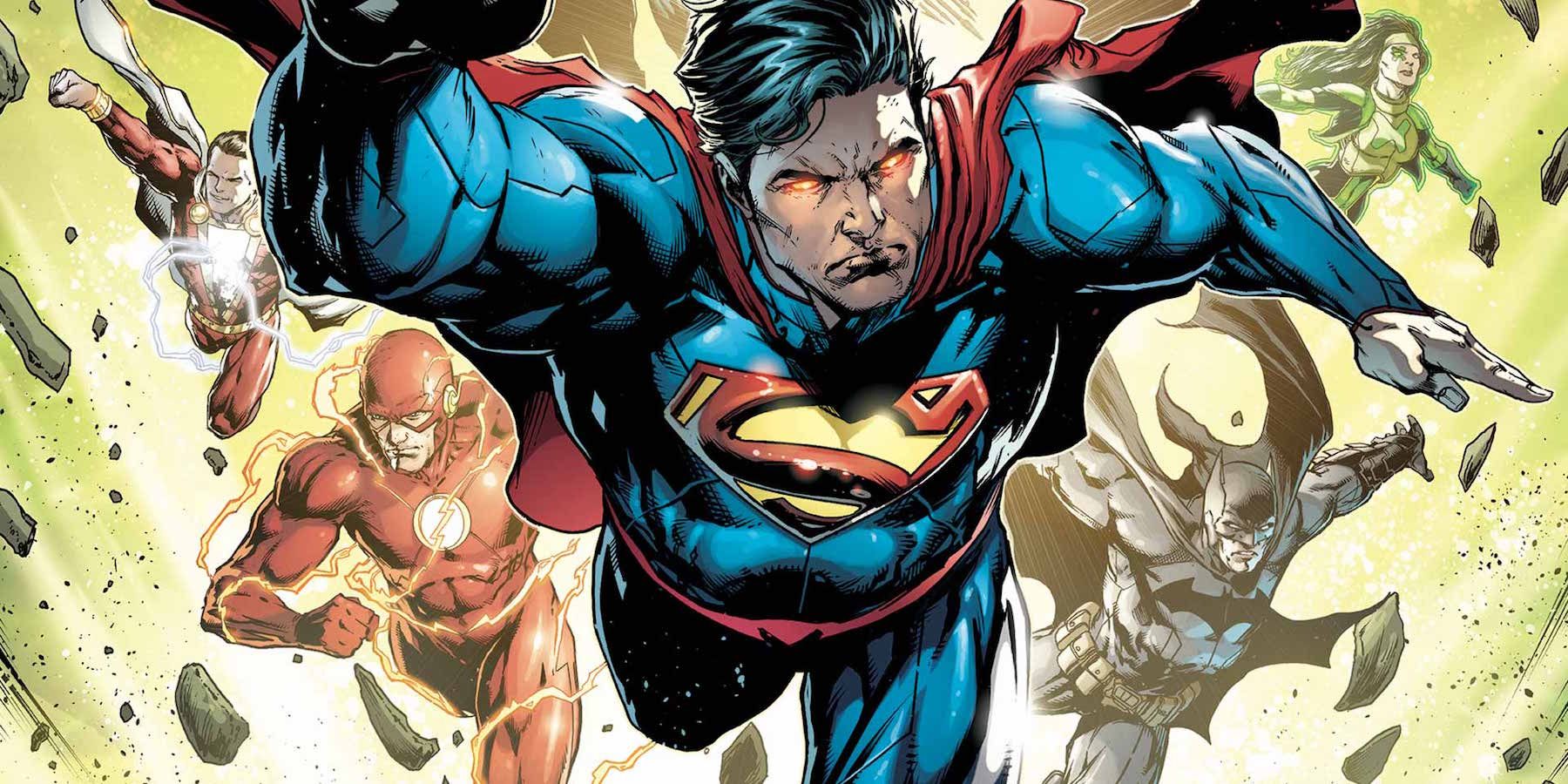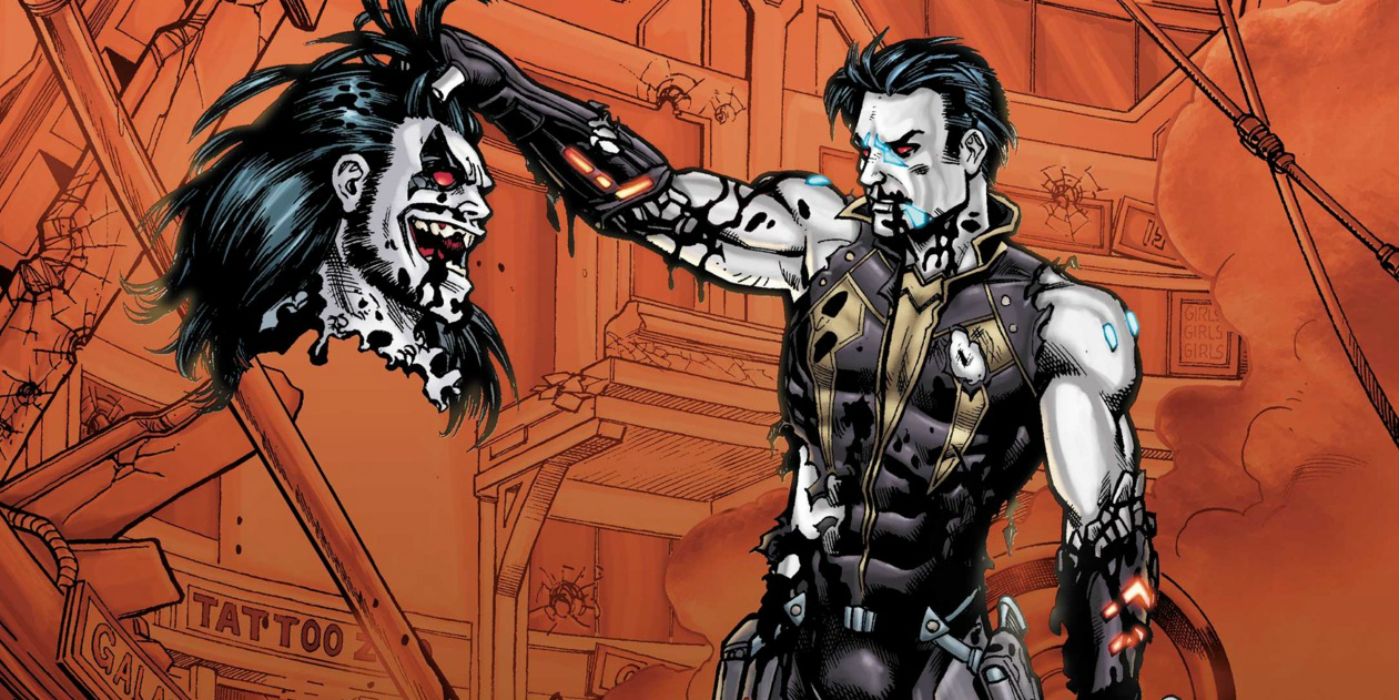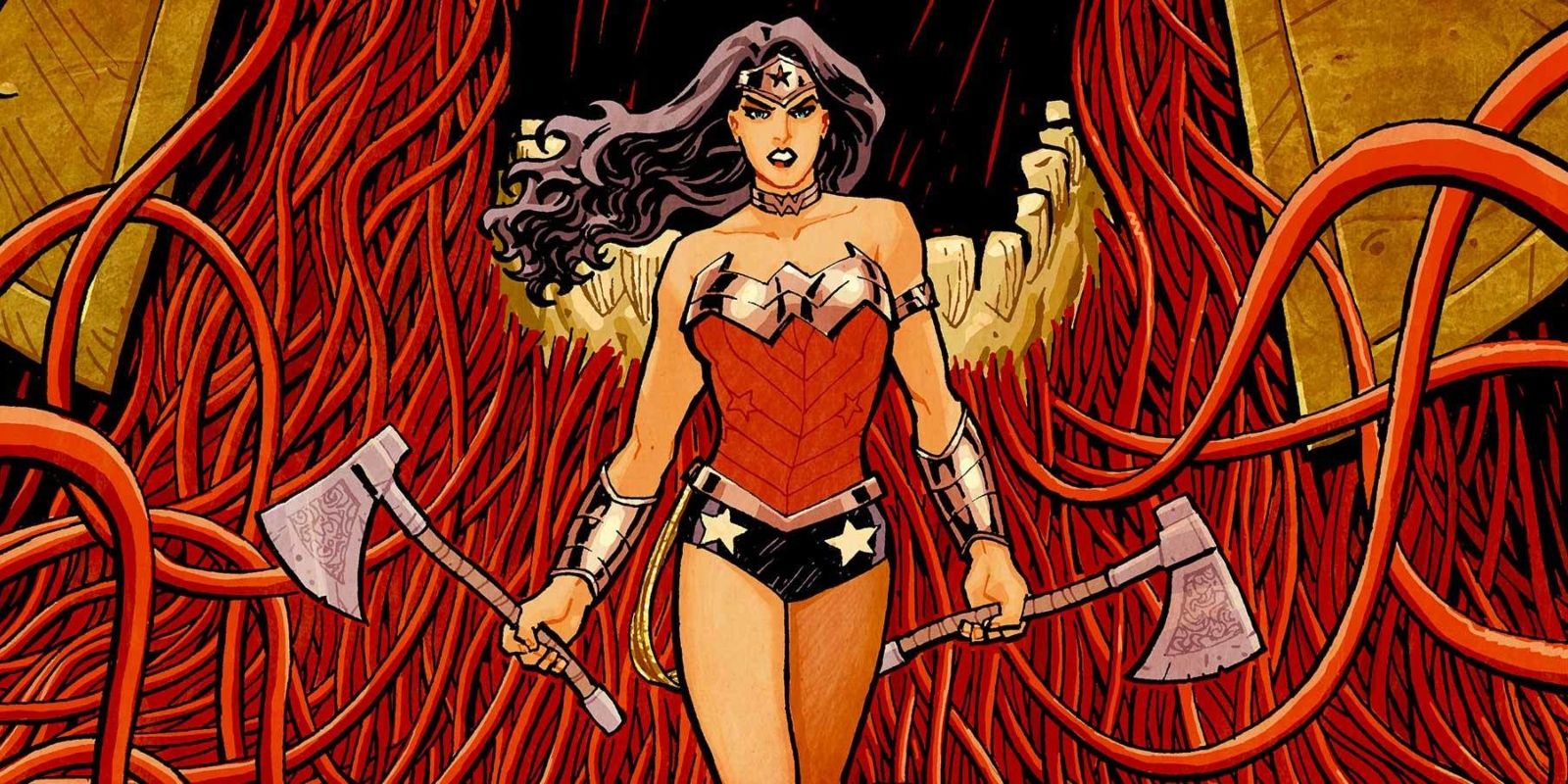Does the New 52 Reset Continuity
The famed launch of DC's New 52experiment may have reinvigorated sales, and even produced some of the company's best writing in years. But history will remember it, like DC now admits themselves, as a flawed endeavor. One that ultimately led to a creative downturn from which major publishers are still recovering.
Back in 2011 it seemed like an incredibly exciting time to be a comic fan. Most comic readers expected that they would never get the chance tosee a copy ofAction Comics #1, let alone own one. The New 52 reinvention of DC's comic line changed all that that. And while world-changing events are nothing new to DC, Marvel, or any publisher with a cohesive universe, the arrival ofFlashpointby writer Geoff Johns and artist Andy Kubert took things to an entirely new level... by breaking the DC Universe, and restarting a new version.
Thanks to The Flash's meta-meddling in the past, the DC Universe was reset and an entire new slate of comics were launched (and relaunched). Financially, it was a huge success for DC: in September of 2011 the company had 8 out of the 10 highest selling issues of the month. While sales would return to normal over the weeks and months ahead, the event had a lasting effect on the industry. You don't strike sales gold without out publishers, including Marvel, clamoring to have their own relaunches with plenty of new #1's for readers to collect.

But creatively, the New 52 was all over the board. Fans around the world can thank the New 52 for Scott Snyder and Greg Capullo's monumental run onBatman, which is now being concluded in the pages of Batman: Last Knight On Earth. They weren't alone, either. Snyder and Charles Soule had great success with theSwamp Thingseries. Amazing storytellers like Grant Morrison got to shapeAction Comicsand finally complete his legendary Batman story in the pages ofBatman: Incorporated.And then there's Amanda Conner, whose work is now almost synonymous with the Clown Queen of Crime, Harley Quinn. And after years of running jokes, Geoff Johns madeAquaman a true badass, paving the way for his own movie.
Brian Azzarello and Cliff Chiang created a beautiful fairy tale in the pages ofWonder Woman,while Genevieve Valentine turned heads with a phenomenal run in the later issues ofCatwoman.There were some unforgettable stories told in the pages of New 52 comics... but that's not always a good thing. For every DC title that seemed to be the pinnacle of creative freedom, there were (at least) as many that seemed to struggle. Scott Lobdell has found success withRed Hood, but hisSupermanseries didn't. Ann Nocenti'sCatwomanrun was criticized for its dialogue and over-simplified characterization. Even Sean Ryan wasn't able to successfully find footing in hisNew Suicide Squadseries. Stranger still, books likeGreen Arrow missed by mimicking the TV show, losing fans before a second 're-imagining' of Oliver Queen's legacy could have hit the mark.
However, these minor bumps in the road were relatively small, compared to the most egregious effects of the relaunch. The New 52 wasn't designed to simply restart every comic title--it was meant to "reinvent" every comic title. Every single New 52 story takes place on Earth Prime, as an attempt to take the idea of comic continuity to a whole new level, ensuring every single story within the New 52 was set within the same world. In theory, it would be incredibly interesting to see Scott Snyder's Batman suddenly walk into the pages of Grant Morrison'sAction Comicsseries, but that wasn't the case. Instead, DC had some new ideas in mind for their characters and titles.

While many are familiar with the idea of crossovers in both TV shows and comic books, the New 52 upped the ante. Almost every major comic series had a crossover that tied into at least 4-5 other comic series. Crossovers like "Night of the Owls" spawning from Snyder'sBatmanand "H'el on Earth" coming from Lobdell'sSuperman took place over numerous comic issues and several months.But there was also a Villain themed month filled with one-shots with new origins. There were events like "Convergence" which even further confused continuity by reintroducing pre-Flashpoint heroesafter fans decried the loss of their favorite characters. Readers had to buy multiple issues to get the entire, unnecessarily confusing story taking place in the pages of their favorite title.
But that's not all. DC sought to further reinvent certain characters by adding a young or "angsty" appeal, much to the chagrin of older fans. The idea of Cullen Bunn tackling aLoboseries sounds like the stuff dreams are made of... until fans saw his suave and slimmed-down physique. And let's just not talk about Superman's collared, Kryptonian battle armor. Making these characters more "hip" clearly didn't do any justice for the short-lived titles. But after seeing some initial success, DC had decided to double down on the idea of reinvention.

Decades ago, most casual comic readers might never knew the names of the artists behind their favorite series. In a way, the New 52 changed that. Now writers and illustrators who did reinvention 'right' are rock stars in the industry, and readers now buy titles not just because of the titular characters, but because of which storytellers are weaving the tale. The New 52 took a risk by taking the creative reins out of the artists' hands for the sake of reinvention, and for a time the marketing and sense of occasion worked worked. Sales increased, and fans who hadn't stepped into a comic shop in years began their pulls anew. But it also destroyed decades of comic continuity created by hundreds of contributors, and DC only recovered by personally guaranteeing they had learned their lessons years later... when it was time forRebirth.
The New 52 relaunch was one of the most influential comic happenings of the 21st century, though its place in history (acclaimed books and stories aside) will ultimately be connected to 2016's Rebirth. Leading to a whole new slew of titles and plenty of new #1's, it's no exaggeration to say the relaunch's job was to undo the New 52. Only time will tell if DC's Rebirth will remain intact, but even the most beloved heroes and universes can only coast for so long...
Source: https://screenrant.com/dc-comics-new-52-reboot-mistake/
0 Response to "Does the New 52 Reset Continuity"
Post a Comment